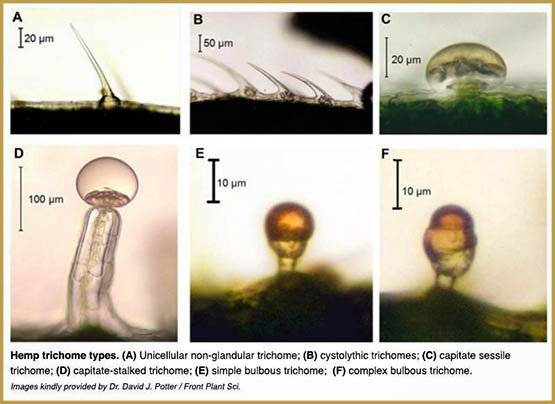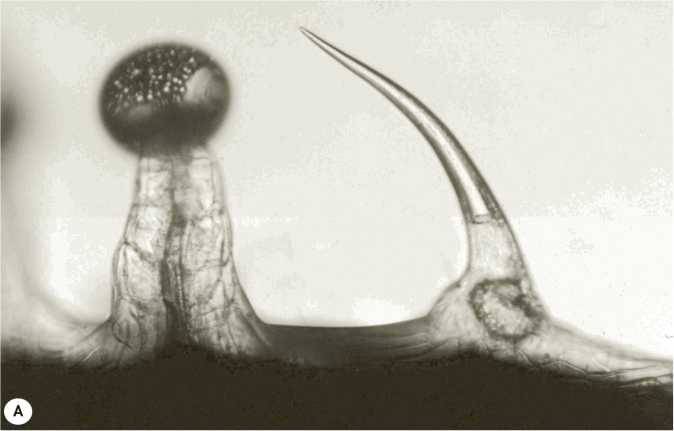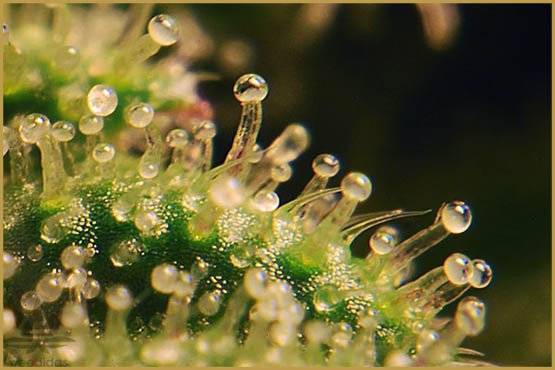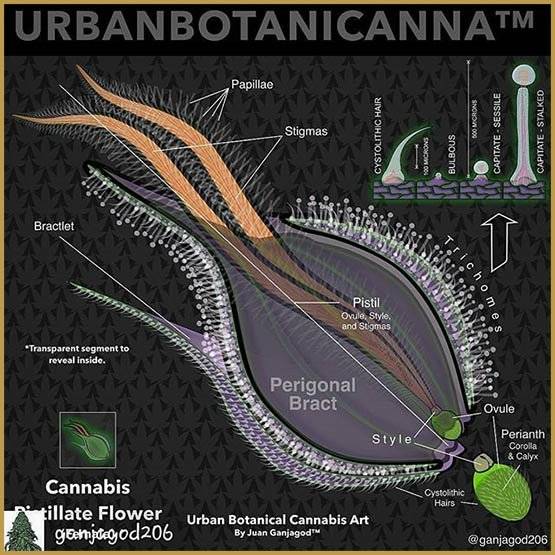Hi all,
I have been struggling with a question for a while. I hope somebody can enlighten my mind and/or can share some links with interesting information about the subject.
What I'm struggling with is that I fail to see the evolutionary point of why Cannabis has also non-glandural trichomes (ie. cystolithic hairs).
What benefit(s) does non-glandural trichome types provide the plant that the glandular capitate stalked trichome can't give the plant if they would be the only type present on Cannabis?
Why does Cannabis have both types (glandular and non-glandural) of trichomes?
The amateur hashmaker inside me wants to know.




Cheers.
I have been struggling with a question for a while. I hope somebody can enlighten my mind and/or can share some links with interesting information about the subject.
What I'm struggling with is that I fail to see the evolutionary point of why Cannabis has also non-glandural trichomes (ie. cystolithic hairs).
What benefit(s) does non-glandural trichome types provide the plant that the glandular capitate stalked trichome can't give the plant if they would be the only type present on Cannabis?
Why does Cannabis have both types (glandular and non-glandural) of trichomes?
The amateur hashmaker inside me wants to know.
Cheers.




